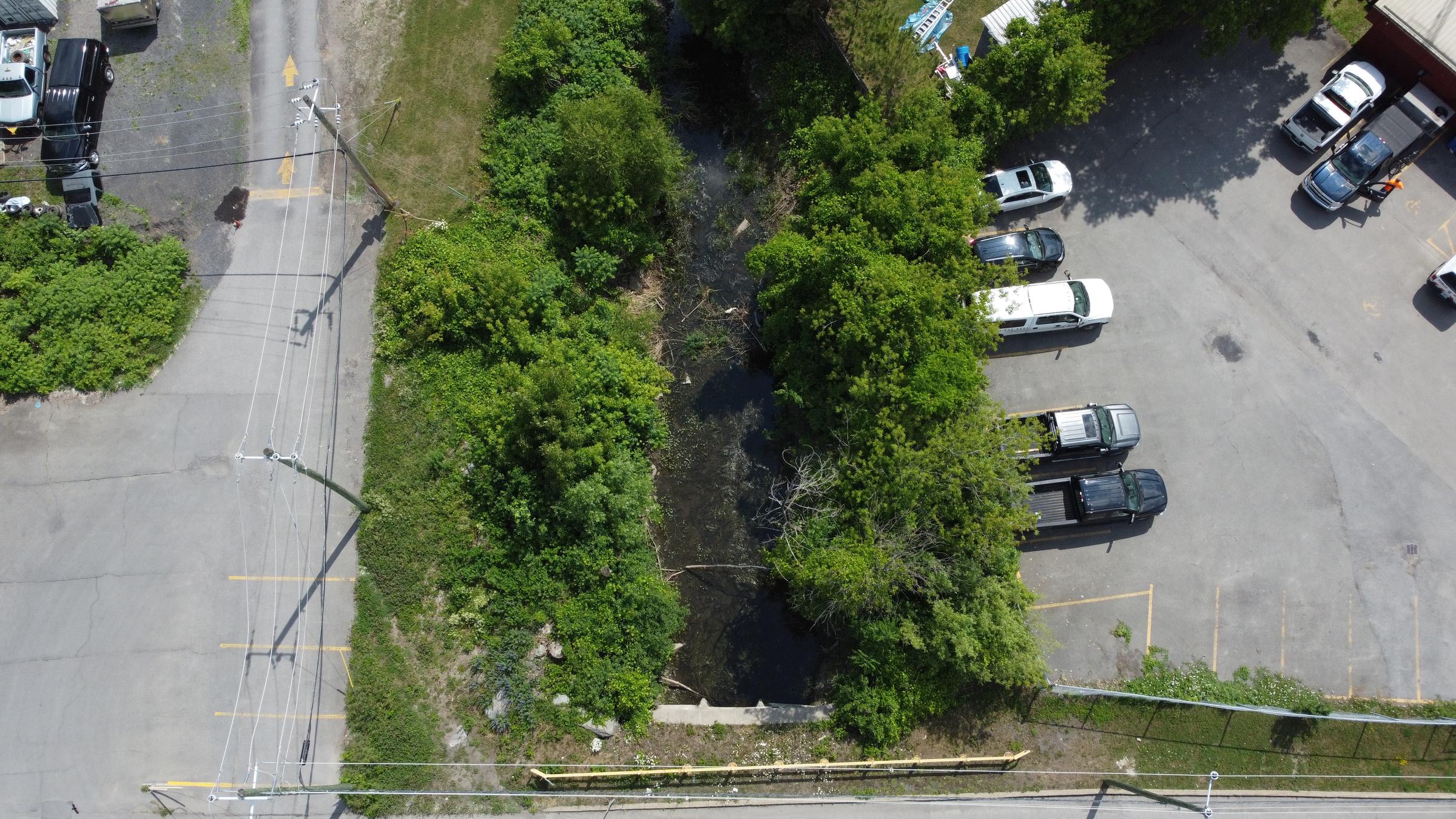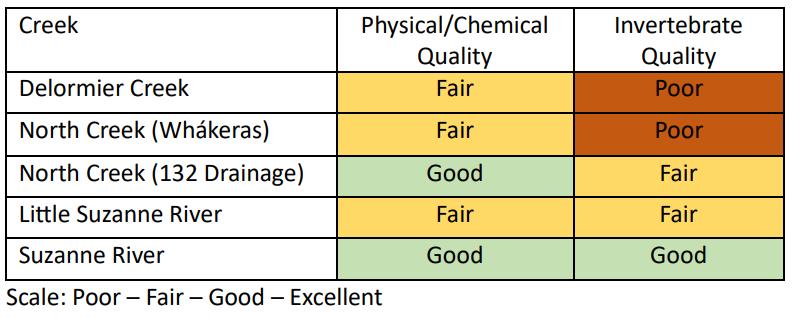
2 minute read
Project Update
by kepo-mck
Aquatic Stewardship Program U
by Tyler Moulton, Environmental Projects Coordin Aquatic Habitats
What did we do?
KEPO completed its first full year of creek monitoring in Kahnawà:ke under the Aquatic Stewardship Program in 2022 We monitor the Surface Water Quality (SWQ) and Benthic Macroinvertebrates (BMI) annually, and the fish communities of the creeks on a rotating 3 year basis Surface Water Quality includes measurements of oxygen, temperature, pH (acidity), nutrients (nitrogen and phosphorus), and metals in the water Benthic (bottom-dwelling) Macro-(visible to naked eye) invertebrates (no spine) include animals like crayfish, worms, insect larvae, and snails Both the diversity and sensitivity of different types is used to help assess the water quality
Threats?
Areas with high human disturbance had lower water quality. North Creek, for example, had a very low diversity of macroinvertebrates that was composed of only very durable species. Areas of the Little Suzanne River near the 207 highway, and parts of Delormier Creek had high nutrient levels (nitrogen and phosphorus). This leads to algal blooms, die offs, and high decomposition which lowers oxygen available for fish and other water breathers.
The good news?

Amazing animals were seen in all of the creeks or the habitat around them. Amphibians (frogs, salamander, mudpuppy), turtles (painted, snapping), birds (blue heron, black-crowned night heron, egret) and mammals (beaver, muskrat, otter, snowshoe hare) were seen in and around the creeks, some even right in the middle of town. Even where water quality was scored “Poor”, 20 species of fish were documented in the Little Suzanne River, including some beautiful and sensitive species like logperch, bridle shiners, and brook silversides. No invasive fish were found in this creek (no gobies or tench), and the vast majority of fish captured were in good health (no tumors, few visible signs of stress).
The Suzanne River had the highest water quality with 23 invertebrate groups, including sensitive species of mayfly and caddisfly The Suzanne River is also a great example of the benefits of forests and wetlands to stream health when the Suzanne enters Kahnawà:ke from Chateauguay, it has some minor nutrient and industrial pollution, but after passing through several miles of forested and wetland habitat, those pollutants have been effectively filtered out by the ecosystem
Butwait-there'smoregoodnews!
While North Creek (Whakeras Creek) has poor overall water quality right now, we can make it better Thanks to conversations with community members and work in our office, we will be working on projects in the coming years to improve flow and create better habitats in this creek (and others!). This is going to be a community-driven process. We want to gather stories of what North Creek used to be like what lived there? How did people interact with it? – and together envision what the creek can be like in the future. KEPO will be announcing new funding this summer that will be used to implement restoration works of the creeks Stay tuned for this announcement and workshop dates!







